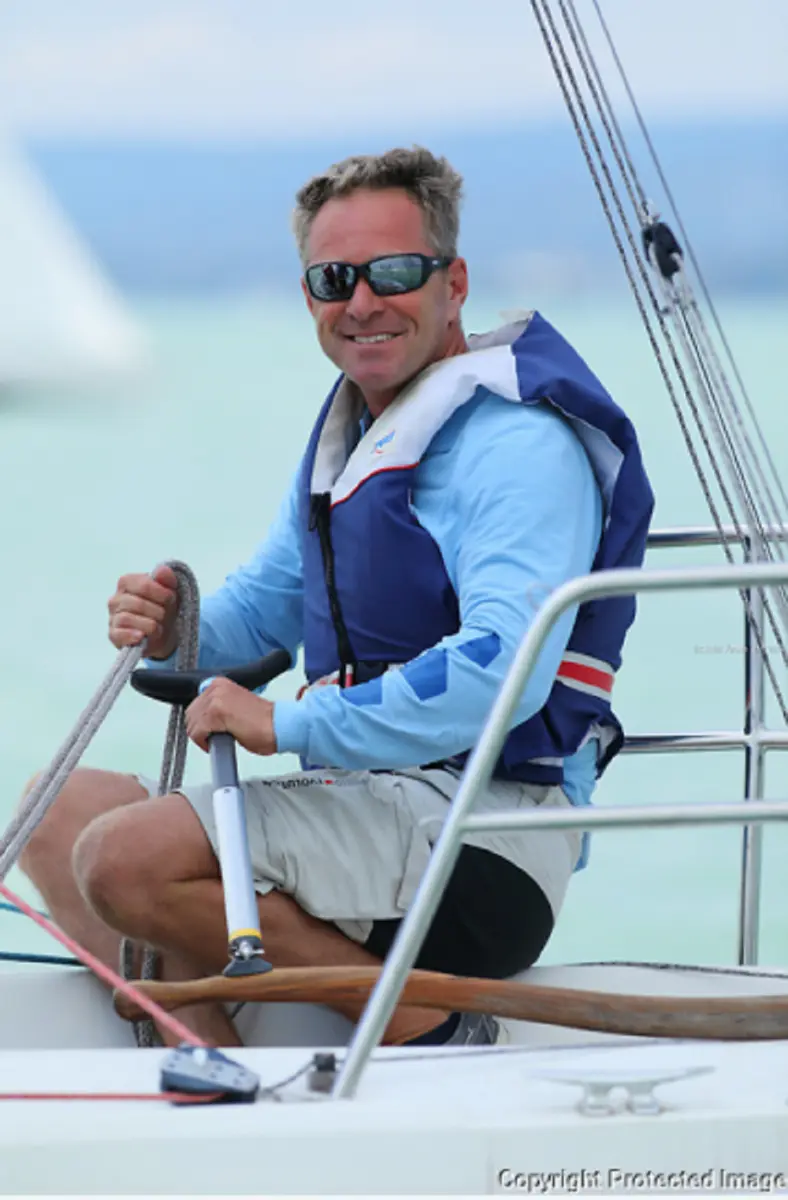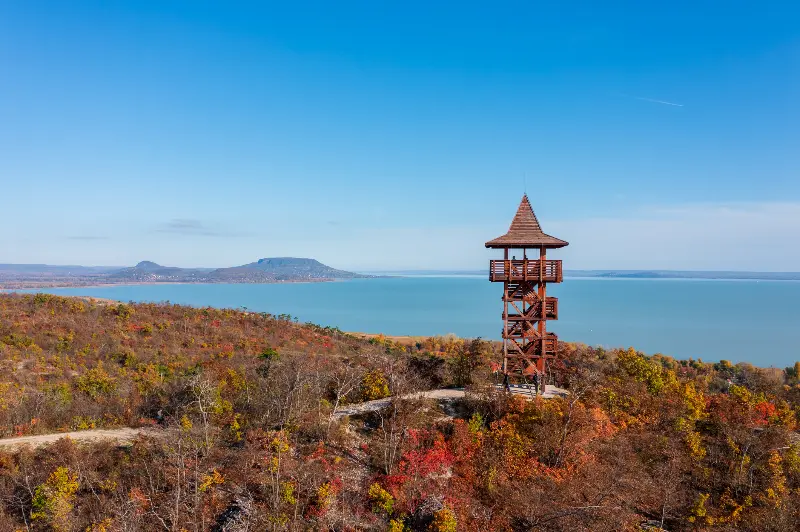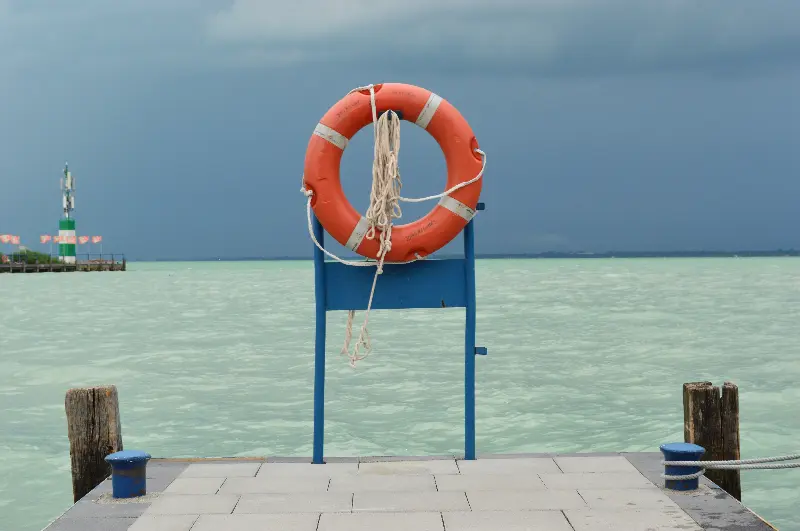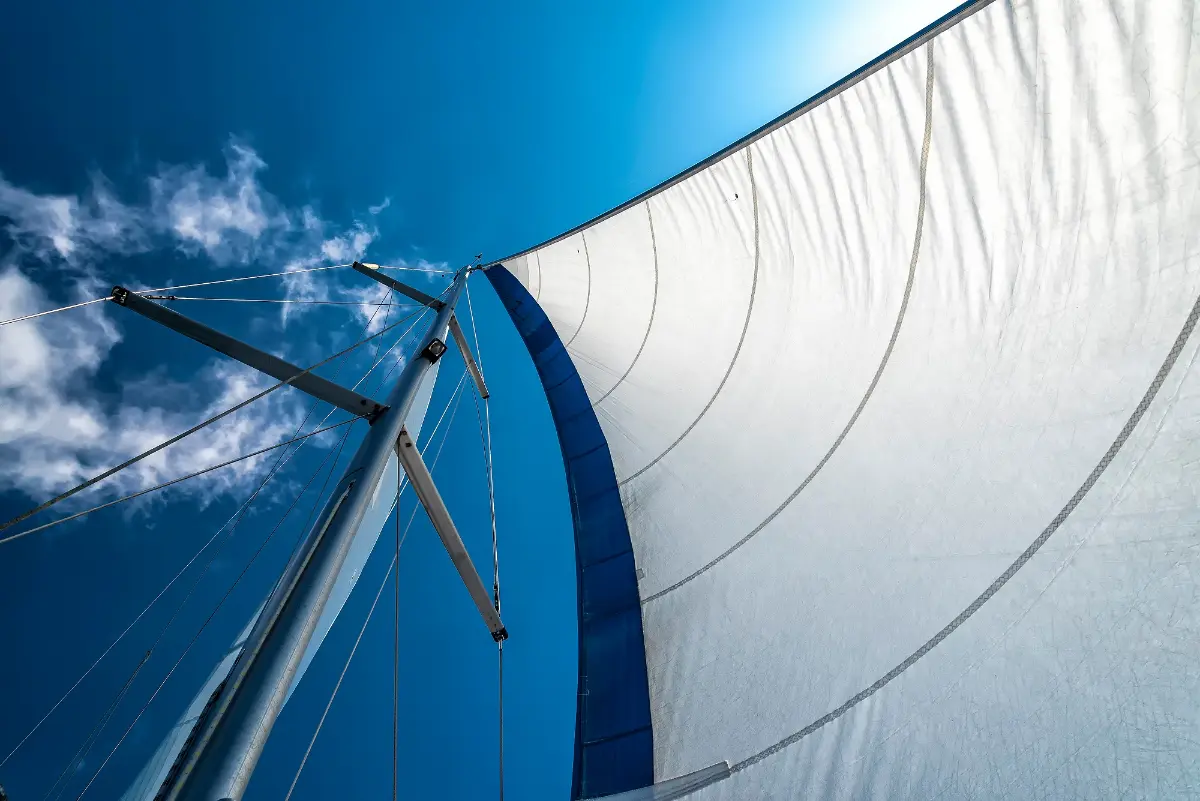
Helyszín címkék:
On the wings of the wind, or: why start sailing already tomorrow?
Francisck Réka Alíz
Of the many appealing aspects of sailing, perhaps one of the most captivating is the feeling of freedom. When the boat leaves the harbour, the sails fill with wind and the boat becomes almost weightless on the surface of the water: that’s when you really feel part of nature.
“This is when we get away from everyday life and enter an almost meditative state,”
says András Holczhauser, Secretary General of the Hungarian Sailing Association (MVSZ), explaining why this hobby-sport activity can be so popular all over the world, including in Hungary. “Interest and enthusiasm for this sport is growing steadily in Hungary, as the 15% increase in the number of boats in the harbours clearly shows: around 50-60 large boats are arriving on Hungarian lakes every year, and there is still room for improvement – especially when looking at the use of smaller (and many would say more sporting) fin boats. It is also striking that on Lake Balaton, the penetration of boats is higher in the eastern basin, while there is still plenty of room for improvement in the western basin. Our smaller lakes and the Hungarian sea can still accommodate boats. Of course, it does matter how big they are. The average is 4 boats per hectare, and at the moment, we are at a tenth of that.” According to the Secretary General, the port capacity has increased by 1500 berths in the last 3 years, and another ca. 600 places will be added next year. “On Lake Balaton, for example, there are 55 berths available for sailing boats, and where more can be built is a highly controversial issue and depends on a number of factors. It is important to ensure that it is landscape-friendly, that it complies with environmental regulations, that it is not indifferent to where it can be built from a flow point of view, and that a consensus strategy is adopted to take into account water users other than sailors (e.g. paddlers, anglers, kite surfers, swimmers, each with different needs). (And then I haven’t even mentioned the underlying infrastructure that would be available in the particular municipality where the port would be built.)”
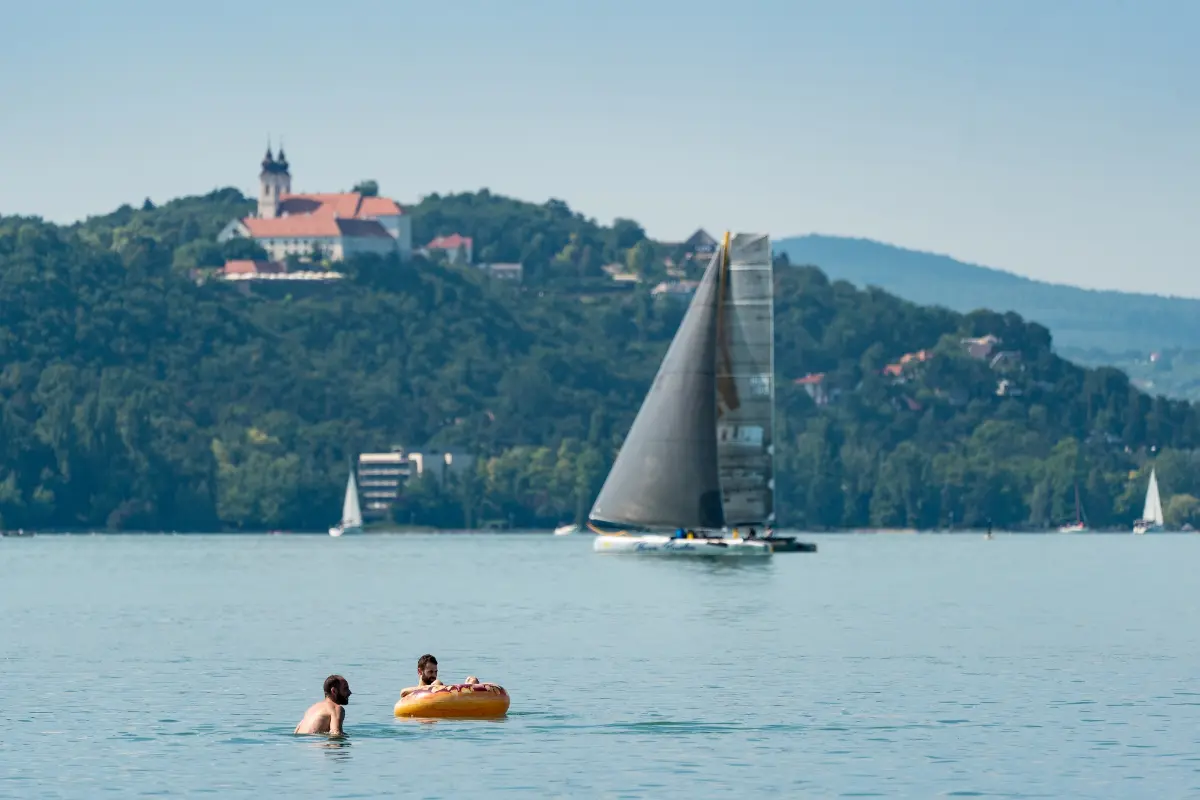
Is it just difficult to get started?
According to András Holczhauser, sailing is a lifelong sport, and many people start it when they are adults. “However, it’s worth getting to know it as a child, at the age of 8 or 9, preferably not on your own, but in a team, learning the basics. I recommend one of the 22 sailing schools accredited by the Hungarian Sailing Association. You can learn the basics in just one week. If you think about it, even the smallest boat is the size of a car, and driving a means of transport in this day and age is a huge responsibility and challenge. But that’s why this sport encourages focus, discipline and teamwork. Sailors have a great responsibility to protect the environment. It is important for children to be aware of the vulnerability of the ecosystem and to manage the aquatic environment properly, avoid littering, be careful not to damage flora and fauna, and not to get too close to reed beds and aquatic habitats. Meanwhile, the sport itself is a great experience. It is easy to fall in love with, and to keep doing it, switching between different boat classes based on age, height and weight. Around 4,000 children are introduced to the sport every year, and those who start competing will find out at the age of 17 or 18 whether they are ready to take part in an Olympic campaign. Many people stop around the age of 20 and then, in our experience, return to sport at 30 or 40. This year – and in recent years, we’ve managed to maintain this level – we have 700 competitors under the age of 18. The proportion of girls is on the rise, now around 30-35% in the smallest boat class, and we hope that seeing the success of Mária Érdi, for example, more people will take up the sport. The children also spend a lot of time together during the preparation, the community is very strong – this is also true for the adults: we think and work together with the whole team during the competition. Each person has their own role and task on the boat, and practising the movements accurately is essential. We are in a constantly changing environment where the senses work differently. When you sail, it's like entering another state of consciousness.”
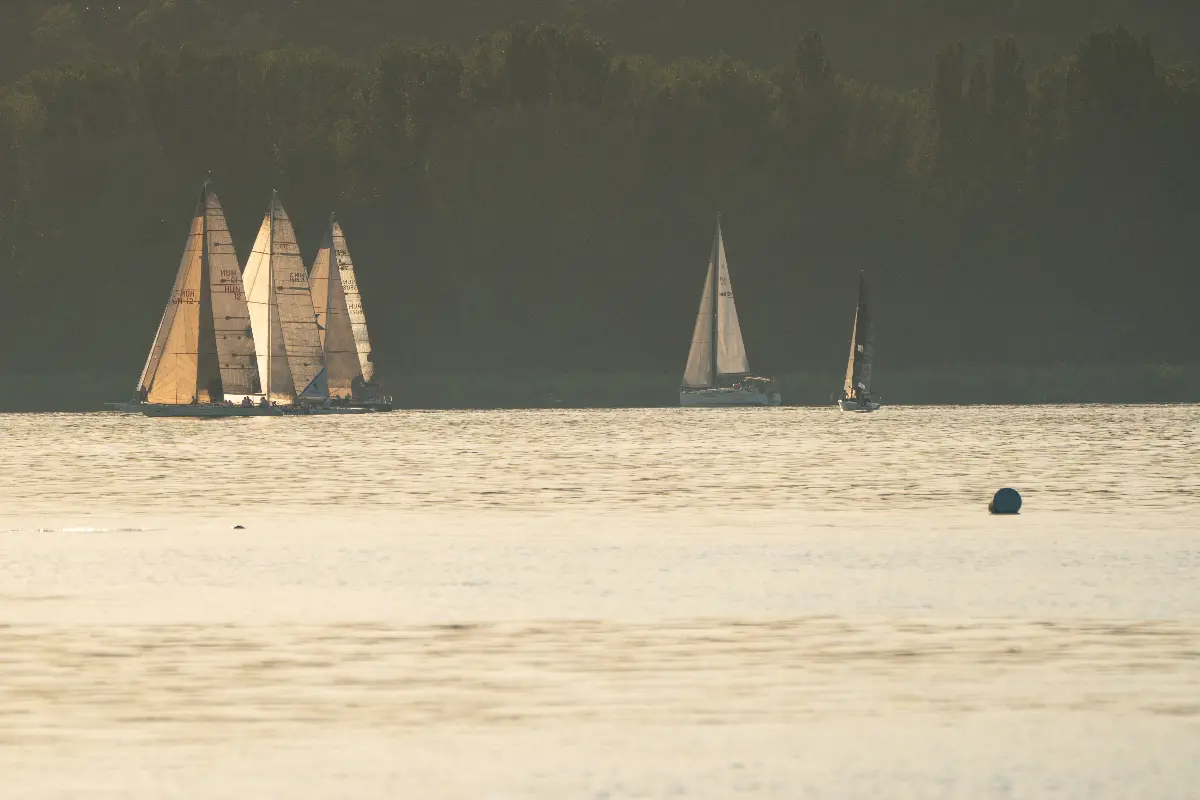
Sailing all year round
This year’s season has begun, with 235 registered boats and 1,042 competitors taking to the water on 13 May for the traditional Sailing Festival and the Season Opening Sailing Race of the year. “No less than 181 races are scheduled for this year, on 6 lakes,” notes the Secretary General, pointing out that in addition to Lake Balaton, Lake Fertő, Lake Tisza, Lake Velence, Lake Orfű and Lake Gólem in Nyékládháza, which also have wonderful tourist value, can be sailed on, and there are even places where you can do so in November (and there are great accommodation and restaurants nearby). According to him, sailing is not only a sport with many scenes and four seasons, but also a colourful fleet of equipment, including also different types of sailboats, such as jolles and keelboats, single-hulled classic sailboats, as well as faster modern structures built from carbon. The HSA is taking significant steps to break down this stereotype by highlighting, among other things, its affordable nature.
“Owning a boat is the expensive part.”
“Sportsmen and women who sail at least 30-35 days a year may already be thinking about buying a boat, but the costs of mooring fees, equipment maintenance and repair and maintenance can be significant. However, if you decide to buy a boat, you should do your research beforehand: what you will use it for (racing or touring), with how many people on board, whether you want to sleep on board, whether you really need air conditioning, etc. Recently, the number of charter boats has also increased, and with such a service, I can say that the cost per person of a sailing trip is no more expensive than a good restaurant experience. However, sailing extends beyond the water, and it is great to experience life in the harbour – which is also not a closed club system that’s impossible to get into.” And who is it open to then? It may be a novelty for many, but accessibility is here, too: some people with disabilities can join in. The Sailing Sports Association of the Disabled has been established, there is a wheelchair-accessible boat thanks to Imre Scholtz, a boat builder, and this year, we are organising a summer camp for disabled children in Kékszalag (‘Blue Ribbon’) Port between 24-28 July, where they can learn and enjoy sailing with a guide.”
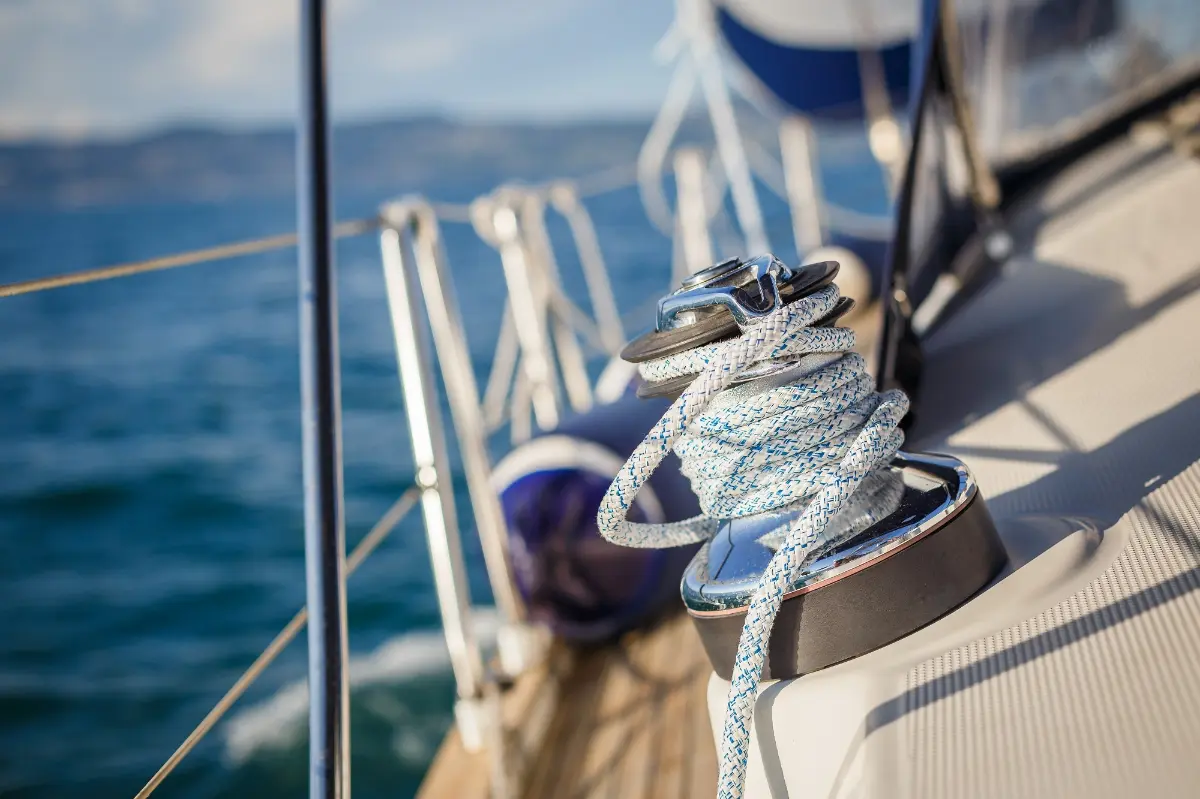
Behind the scenes
András Holczhauser also draws attention to the professions that are based on sailing, or more precisely, that make it possible: Many people can find what they are looking for in areas such as sail welding, boat maintenance, engine fitting, electricity, masts, acid-proof metalworking, carpentry.” According to the Secretary General of the HSA, the promotion of these professions is important to strengthen the prestige of the industry, making them attractive to young people, as the production of high quality products, maintenance and services in the shipbuilding and ship accessories’ sector creates commercial and employment opportunities. “Pauger is a very good domestic example of carbon boatbuilding, but also serious Hungarian workshops – without claiming completeness – produce Code, Nautic and Flaar engine boats and sailing boats, as well as T-Yacht plastic tour boats – not only for domestic but also for foreign markets. Bravo Boats, under the leadership of Péter Fehér and his team has now produced around 50 engine boats, and Elemér Schaffer and his team in Tamási are also worth mentioning, and last but not least, the previously mentioned Imre Scholtz and his team, near Veszprém.
Whether in the background on land or on the water – let’s fall in love with sailing, encourages András Holczhauser. You can also start by watching live coverage of this year’s 55th edition of the Kékszalag (‘Blue Ribbon’) Raiffeisen Grand Prix, from 6-8 July. In this article we also give you some tips on where to look at it from.
